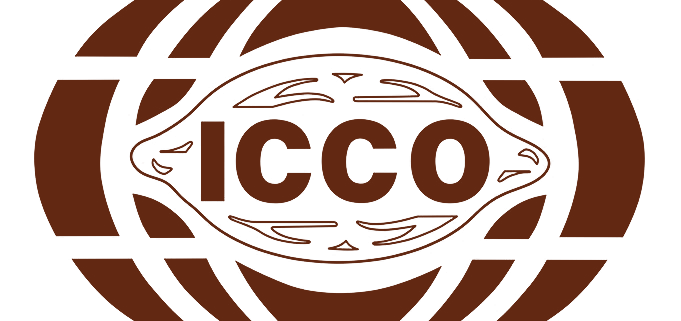Uncoordinated projects could make cocoa’s boom and bust cycle worse, the ICCO’s Executive Director says
A range of uncoordinated projects aimed at stimulating output in producing countries could exacerbate the damaging “boom and bust” cycle in the world’s cocoa economy, according to an International Cocoa Organization presentation on 7 July.
Speaking at the Fifth Indonesian International Cocoa Conference in Bali, Executive Director a.i. Dr. Jean-Marc Anga said that the ICCO was alarmed that major production programmes backed by both the chocolate industry and producing country governments could make the cocoa market even more volatile and lead to a collapse in prices if unchecked.
The ICCO has identified over 60 ongoing projects worldwide aimed primarily at improving production levels, in response to a general industry concern that demand is outstripping supply and that cocoa supply is moving into a period of structural deficit. Cocoa prices have almost doubled in the past five years, from about US$1,540 in 2005 to US$3,135 in 2010. In response to this, the cocoa and chocolate industry and most of the major cocoa producing nations have planned significant increases in their production.
Regarding the projects, “There are a few common denominators that we, in ICCO, find deeply troubling, Dr. Anga said. “They are all aiming predominantly at increasing cocoa production, they are uncoordinated and nobody seems to worry about their impact on cocoa prices in a few years.”
As a result of these uncoordinated projects and of the producing countries’ production policies, he added, world production (now at about 4 million tonnes) could reach 5 or even 6 million tonnes, flooding the market and causing another price collapse.
Dr. Anga pointed to the damaging periods of boom and bust in the past as an example: in July 1977 cocoa prices reached a record high of $4,722 per tonne in nominal terms (or close to $15,000 in real terms), while in November 2000, the market slumped to just $774 per tonne (or $960 in real terms).
He added that because the price of cocoa represents only 10% of the cost of a chocolate bar, the ICCO believes that even if market prices were to double from their current level of about $3,000 per tonne, there would be a limited impact on final consumption, while producers stood to make significant gains that would help improve their living standards.
“Our problem in the next few years is not the threat to cocoa supply per se,” Dr. Anga said. “Our biggest problem is the lack of coordination, which feeds price volatility and the uncertainty that it creates, leading to peaks followed by collapses in cocoa prices. This is what we must avoid at all costs.”
Dr. Anga proposed a coordinated strategy between the producing countries and the chocolate industry, for the raft of projects in cocoa producing countries. He concluded by advocating an ICCO-led global cocoa summit in mid-June 2012 on the future of the world cocoa economy, to be attended by governments from cocoa producing and cocoa consuming countries, the cocoa and chocolate industry, donors, international development and aid agencies, the civil society and other stakeholders. The summit would agree on a global cocoa roadmap and pledge the resources to implement it.

